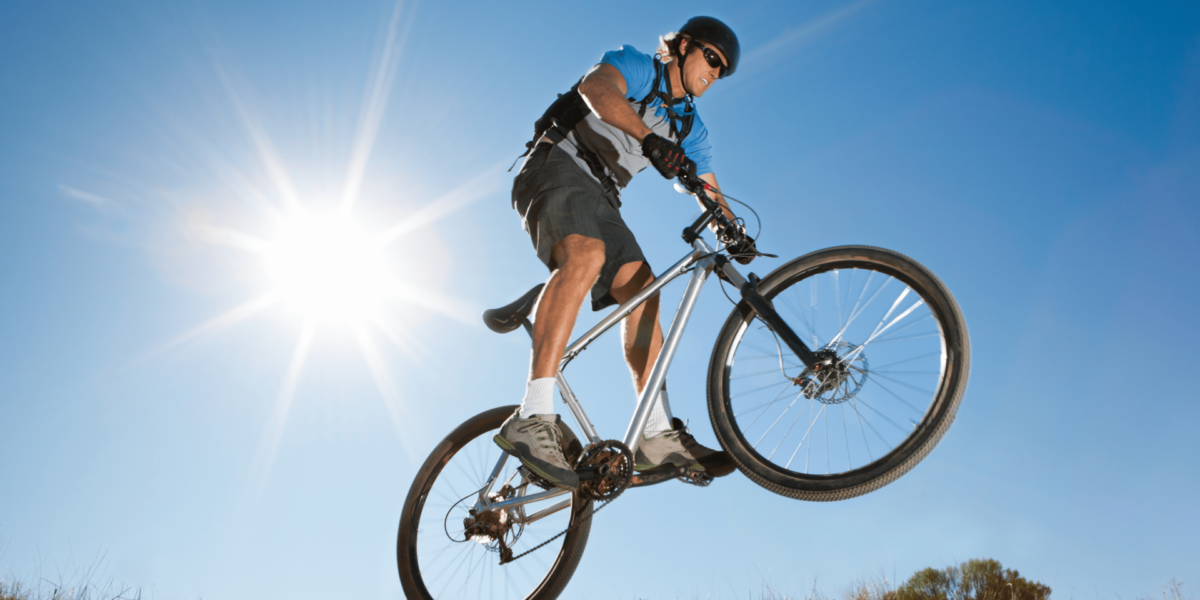Göteborg’s Sports District Reinvents Urban Identity
The sports district in Göteborg is shifting from a single-purpose zone into a dynamic urban destination. What was once a collection of stadiums and training fields now includes mixed-use developments that support daily life and economic growth.
This transformation is not happening by chance. City planners and private developers are working together to modernize the district’s infrastructure while maintaining its core purpose—sports. The result is a neighborhood that blends fitness, entertainment, housing, and business in one place.
Modern Architecture Reflects a New Urban Vision
New buildings in Göteborg’s sports district are redefining the local skyline. These projects combine design with function, serving both residents and visitors while enhancing the area’s visual appeal.
A recently constructed sports complex includes training facilities, event spaces, and integrated retail. Residential buildings nearby use the same design language, creating a unified appearance. Wide sidewalks, open plazas, and green roofs show how architecture in the district supports long-term sustainability and a high standard of living.
Transportation Links Expand Accessibility
Improved transportation access is a key part of the sports district’s growth. New tram stops, bicycle paths, and pedestrian-friendly zones are making it easier to reach venues and surrounding businesses.
A commuter traveling from the city center arrives within minutes by tram, avoiding traffic and reducing environmental impact. Safe bike lanes run through the district, connecting homes to shops and arenas. This transit-first approach reduces congestion and supports Göteborg’s larger mobility goals.
Residential Growth Changes the Local Demographic
As housing becomes more integrated into the sports district, the area now attracts a more diverse group of residents. Students, families, and professionals live within walking distance of sports facilities and urban conveniences.
A person living in a new apartment development starts their morning with a jog through nearby park trails, grabs breakfast at a local café, and arrives at work in under 20 minutes. This shift from a destination district to a livable neighborhood adds long-term stability and supports business growth in the area.
Retail and Dining Add a New Layer of Activity
Cafés, restaurants, and retail stores are replacing older, single-use buildings in Göteborg’s evolving sports district. These additions serve not just event-goers but also full-time residents and employees.
A visitor attending a match now arrives early to dine at a local bistro and stays afterward to explore shops along a redesigned promenade. Daily foot traffic from local workers and residents gives businesses steady income beyond game days. This retail growth supports a more balanced local economy.
Sports Remain the Heart of the District
While the area evolves, Göteborg’s sports district maintains its athletic focus. Stadiums, training grounds, and sports academies still anchor the district’s purpose.
A young athlete trains at a facility that shares space with a gym, a medical clinic, and co-working offices. This arrangement allows professional and amateur athletes to remain part of the community, even as the district’s population and functions diversify. The sports identity stays strong, but now coexists with other activities.
Community Spaces Encourage Local Engagement
Public plazas, shared green spaces, and event zones help bring people together. The district’s layout encourages interaction among residents, visitors, and athletes.
On weekends, a family attends a local festival held in the central square. Children play in nearby green spaces while adults explore pop-up stalls and performances. These events show how public infrastructure enhances the cultural identity of the sports district, not just its physical footprint.
Events Now Go Beyond Traditional Sports
The district now hosts more than just football matches or training camps. Concerts, expos, and fitness festivals fill the calendar, attracting wider audiences and maximizing venue use.
A tech conference takes place in the same building that hosts evening games. The dual-purpose layout allows the district to serve different communities without overextending its resources. This approach increases venue efficiency while expanding the district’s reputation as a cultural and business center.
Sustainability Leads Urban Development
Göteborg’s commitment to green development is visible throughout the sports district. Buildings use energy-efficient systems, and planners prioritize low-impact construction.
A sports hall near the river uses solar panels and recycled materials in its construction. Rainwater collection systems support landscaping. These sustainable features reduce long-term costs while supporting the city’s environmental goals. Residents and visitors experience cleaner air, reduced noise, and more usable outdoor space as a result.
Education and Health Are Now Part of the Plan
Institutions for education and health now operate in the sports district, turning it into a full-service environment. These services support both performance and daily life.
A student attends a health sciences program next to a major stadium. Their coursework includes applied training with local athletes. Meanwhile, a nearby clinic offers wellness programs to both professionals and residents. These connections strengthen the district’s value as a place for lifelong learning and health-focused living.
Future Development Will Focus on Balance
Ongoing projects aim to preserve the district’s core identity while expanding its role in the city. Plans include more residential units, coworking spaces, and green zones, with a focus on smart growth.
An urban planner reviews data to balance pedestrian zones with residential demand. The strategy doesn’t push sports aside—it ensures they evolve with the community. The goal is not just expansion but integration, where every new building, path, or plaza supports the district’s long-term vision.
Göteborg’s Sports District Models Urban Renewal
The changing face of Göteborg’s sports district reflects what’s possible when a city invests in thoughtful renewal. By blending tradition with progress, the area becomes more than a collection of arenas—it becomes a destination for life, not just events.
Each layer—from housing and transport to sports and culture—adds depth to the district’s purpose. What once served weekend crowds now supports daily routines. This evolution shows that with the right planning, a sports district can lead a city forward.
